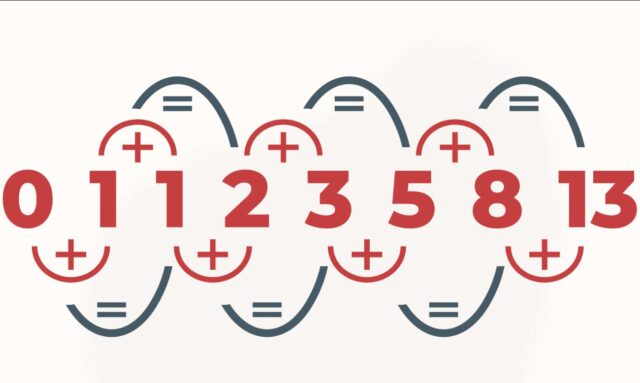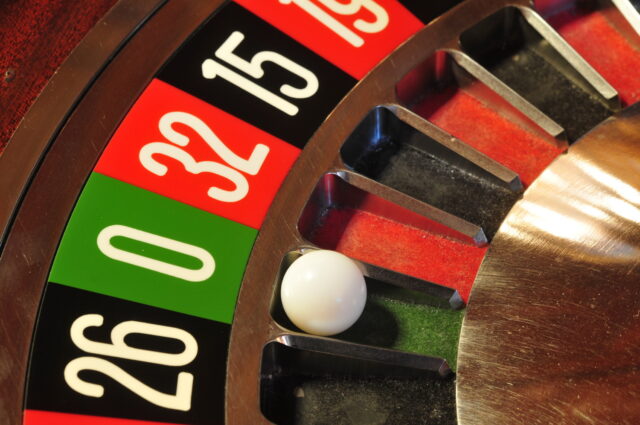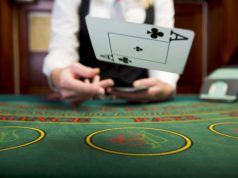
The Fibonacci Sequence, a renowned mathematical pattern, intrigues both mathematicians and artists. It is formed by adding the two preceding numbers, starting from 0 and 1. Intriguingly, this sequence finds application in gambling strategies.
In this article, we delve into Fibonacci Betting, exploring its concept and modern-day implications in gambling.
The Fibonacci Sequence: A quick overview
The Fibonacci Sequence, consisting of 0, 1, 1, 2, 3, 5, 8, and so on, holds significance across various domains. It was devised by Leonardo Fibonacci, an Italian mathematician, in the 13th century.
This sequence finds applications in diverse fields such as stock market analysis, architecture, and even the patterns observed in nature’s growth.
Now let’s delve deeper into its relevance to gambling and explore further possibilities.
Fibonacci Betting Strategy: The Basics

Gamblers often employ the Fibonacci Sequence as a betting strategy. The process entails starting with the tiniest wager and gradually increasing it based on the sequence following a loss. Conversely, after a win, the bettor decreases their stake by two steps.
This method aims to recuperate previous losses from a losing streak and potentially yield profits. It is particularly recognized for its efficacy in games like Roulette or Baccarat, where the odds are nearly even.
Fibonacci Sequence Betting is a structured gambling approach that calculates risks and rewards meticulously. Although the concept is simple, it necessitates a comprehensive understanding of the sequence and a disciplined application in betting.
It is used by many bettors on sites such as Resorts Casino, which has a variety of online casino games to test the strategy on. It is important to note that while it can reduce short-term losses, long-term losses may result in exponential losses that are difficult to recover from.
Pros and cons: Weighing the options
The Fibonacci Sequence Betting approach has both advantages and flaws. On the positive side, it presents an exciting and mathematically grounded method to manage one’s betting capital.
It provides a systematic approach for recovering short-term losses. However, on the downside, there is a risk of encountering extended losing streaks that could lead to uncontrollable increases in stake size.
Additionally, it’s important to note that this strategy does not alter the inherent odds of the game, meaning that the house always maintains its advantage.
Practical application: Tips and warnings
When employing the Fibonacci betting strategy for your gambling endeavors, begin by thoroughly understanding the game rules and betting limits.
It is crucial to ensure that your bankroll can accommodate the potential exponential increase in wagers during a losing streak. Practicing discipline and patience becomes paramount, along with setting limits on both wins and losses, to effectively manage risks.
Historical Connection: From Fibonacci to Gambling

The Fibonacci Sequence, while rooted in mathematical theory, has found its way into various practical applications, including gambling.
Historians believe that the origins of the Fibonacci Sequence can be traced back to ancient Indian mathematics, though it was introduced to the West by the Italian mathematician Leonardo of Pisa, known as Fibonacci.
His book, “Liber Abaci,” published in 1202, introduced this sequence to Western scholars. As casino games developed, particularly in Renaissance Italy where gambling was a beloved pastime, enthusiasts began to experiment with different betting strategies.
The sequence’s inherent nature of growth made it a tantalizing prospect for gamblers. Thus, the Fibonacci Sequence and casino games became intertwined as players sought ways to maximize their wins while minimizing losses.
Psychology Behind the Bet: Why It’s Attractive
Many gamblers are attracted to the Fibonacci betting strategy because of the psychological comfort it offers.
The sequence’s progression seems logical and systematic. After a loss, increasing the bet might seem like an opportunity to recover previous losses, while after a win, decreasing the bet feels like a conservative move.
Moreover, the idea of using a mathematical concept in gambling adds an allure of potential mastery over chance, even if the actual effectiveness of such strategies is debated.
Comparative Analysis: Fibonacci vs. Other Betting Systems

While the Fibonacci betting strategy is popular, it is not the only system out there. Others include the Martingale, where one doubles their bet after a loss, and the Paroli, where one doubles their bet after a win. Each system has its merits and drawbacks.
For instance, the Martingale system can lead to substantial losses in a short time, while the Fibonacci offers a slower progression, potentially allowing for longer gameplay.
However, no strategy guarantees a win. Comparing the systems can give gamblers a better sense of which might align more with their risk tolerance and playing style.
The Illusion of Control: Understanding Randomness
It’s essential for gamblers to recognize that using the Fibonacci Sequence, or any betting strategy for that matter, does not influence the inherent randomness of casino games.
Whether it’s roulette, blackjack, or slots, each event in the game is independent of previous events. While betting strategies can dictate how much a player bets at any given time, they cannot predict or change the outcome of the game.
Recognizing this can help gamblers avoid the trap of believing they have more control over the outcome than they genuinely do, which can prevent chasing losses and encourage more responsible gambling.
Beyond the Casino: Fibonacci in Gaming and Game Design
Outside of traditional gambling scenarios, the Fibonacci Sequence has intrigued game developers and strategists in both digital and board gaming spheres.
In game design, the sequence can inspire level difficulty progressions, reward distributions, or even the architectural aesthetics within a gaming environment.
For instance, some game developers use Fibonacci-derived spirals when designing game levels, creating patterns that are both challenging and visually pleasing.
In strategic games, players might use Fibonacci-influenced tactics to allocate resources or plan future moves, leveraging the sequence’s growth patterns to optimize outcomes.
This application of the Fibonacci Sequence showcases its versatility and the broad influence it holds across various forms of entertainment, demonstrating its profound impact far beyond the casino walls.
Conclusion

Applying the Fibonacci Sequence in gambling creates a captivating blend of mathematics and risk. While it presents a structured approach to betting, it is important to acknowledge that it is not an infallible method for triumphing over the house.
Like any gambling strategy, understanding its limitations and playing responsibly can enhance enjoyment and occasionally result in rewards.
Just like the spiral it symbolizes, Fibonacci Sequence Betting continues to captivate, evolve, and challenge the contemporary realm of gambling.












